Eyelid Surgery Newport Beach
Reveal Your True Beauty
with Fresher-Looking Eyes
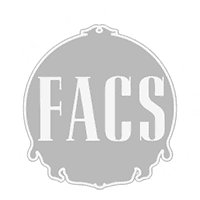


Of all your facial features, nothing pierces the soul more than your eyes. Science has proven time and time again how most people find the eyes to be the most striking and attractive facial feature they look for in a partner.
Eyes come in all shapes, colors, and sizes, but youthful-looking eyes that complement one’s face have always been what’s constituted as beautiful eyes.
But as you age, your skin loses elasticity — including the skin surrounding your eyes. And with the constant pull of gravity coupled with muscle weakness, the skin of your eyelids can stretch, sag, and form unsightly wrinkles, making you look tired and a lot older than your years.
You might even develop extra folds of skin hanging over your upper eyelids, obstructing your view and limiting your sight. When that happens, some people unconsciously raise their brows and keep them up all the time in order to improve their vision.
Unfortunately, no amount of sleep can get rid of those lower eyelid bags, and even concealer makeups have a hard time hiding them from plain sight. Sometimes, they aren’t even caused by age — they can be hereditary or a result of fluid accumulation.
How great would it feel if you could wake up one morning without needing eye pads or cold compresses to reduce and conceal your puffy eye bags?

Thanks to Dr. Siamak Agha of The Aesthetic Centers, you no longer need to put sliced cucumbers and various creams on your eyes to make them look alert and refreshed.
Whether you have brown, almond-shaped eyes or rounded blue eyes, a Newport Beach eyelid surgery will help eliminate the hooded skin of your upper lids and the puffiness and bags of your lower lids, bringing out rejuvenated and younger-looking eyes.
Discover how eyelid surgery can help you as you read the rest of this article.

What is Eyelid Surgery?
As you age, your upper eyelid skin develops wrinkles and loses its crisp contour due to pockets of bulging fat.
The lower eyelids also experience similar but more profound changes. Like the upper lids, the supporting structures of the lower eyelid weaken over time, being pushed out by pockets of fat globules surrounding the eyeball. Thus, you develop lower eyelid bags due to a combination of weakened eyelid supporting structures and bulging fat.
Fortunately, you can combat these changes with an eyelid surgery — medically known as blepharoplasty.
Eyelid surgery does three things:
- Eliminates droopiness and heaviness from your upper eyelids
- Reduces bagginess and puffiness from your lower eyelids
- Improves the shape and contour of your eyes
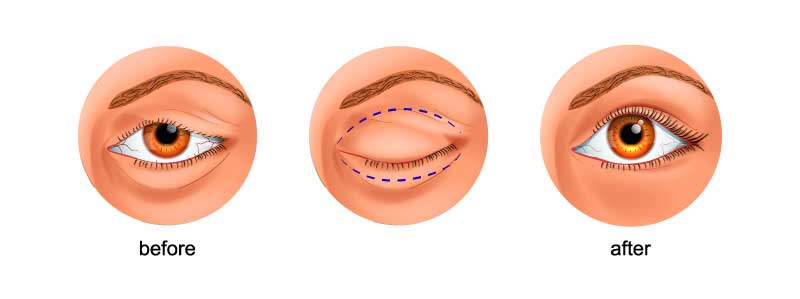
According to the American Society of Plastic Surgeons’ 2018 Plastic Surgery Statistics Report, eyelid surgery is the fourth most popular cosmetic procedure of 2018. Over 206,000 patients underwent the surgery, most of them aged 40 years old and above.
But take note that eyelid surgery will NOT eliminate the dark circles under your eyes and other facial wrinkles. It also won’t help lift sagging brows, unless you pair it with brow lift surgery.
Eyelid surgery can, however, add a crease on your upper eyelids using a procedure known as double eyelid surgery or Asian blepharoplasty.
Do You Need Eyelid Surgery?
Unhappy with your eyelids? Try to answer the following questions to see if you’re a good candidate for eyelid surgery.
- Do you have droopy or hooded eyelids?
- Are you having a hard time seeing things because of the sagging skin around your eyes?
- Do your eyes make you look sleepy, tired, sad, or stressed?
- Do you still have eyebags even though you’re getting a full eight hours of sleep?
- Do you have fine, crepe paper-type lower eyelid wrinkles?
- Have you developed forehead wrinkles and headaches due to constant frowning because of your hooded lids?
- Do you dread leaving the house without any eye makeup on?
If you answered YES to any of these questions, then you might want to schedule a consultation with Dr. Agha
to ask about the possibility of blepharoplasty.
… But Can You Get Eyelid Surgery?
You know that you’re in dire need of eyelid surgery, but does your current situation allow you to get one?
Check out the following factors that determine whether you can get a blepharoplasty or not:

Dr. Agha takes the time to know you as a person and fully understand your specific goals. He is a dear physician who communicates clearly and concisely.
Lesley L.
What are the Different Eyelid Surgery Techniques?
There are plenty of reasons why you may undergo eyelid surgery, and your reason will dictate whether you need upper eyelid surgery, lower eyelid surgery, or both.
Dr. Agha also offers canthopexy and canthoplasty, depending on your eyelid anatomy and facial structure.
Learn more about these blepharoplasty techniques below.

Upper Eyelid Surgery
The upper blepharoplasty is ideal for patients with overhanging upper eyelids and lateral hooding — a condition in which the excess skin of your upper eyelid goes past your eyes, impeding your vision.
Dr. Agha places the incision line at the natural eyelid crease, through which he removes excess skin of the upper lid, fat, and muscle.
Generally, upper eyelid surgery is less complex compared to lower eyelid surgery.
Lower Eyelid Surgery
Dr. Agha employs a number of different techniques for lower blepharoplasty depending on your problem.
Check out the following lower eyelid surgery techniques to get an idea on which one might work best for you:

How Does Dr. Agha Do Eyelid Surgery?
Blepharoplasty is often done on an outpatient basis, meaning you can immediately go home a few hours after your surgery.
Weeks prior to your scheduled eyelid surgery, you might need to undergo the following tests:
- Physical Examination – includes testing your tear production and measuring parts of your eyelids
- Vision Examination – involves testing your peripheral vision, often done to support an insurance claim
- Eyelid Photography – involves taking images of the eyes from different angles
Here’s a quick rundown of how he does it.
Preparation
Dr. Agha will give specific instructions on what to do to make sure that you do not develop any complications. You might also be asked to buy a few supplies for a smooth-sailing recovery.

How Does Dr. Agha Do Eyelid Surgery?
Blepharoplasty is often done on an outpatient basis, meaning you can immediately go home a few hours after your surgery.
Weeks prior to your scheduled eyelid surgery, you might need to undergo the following tests:
- Physical Examination – includes testing your tear production and measuring parts of your eyelids
- Vision Examination – involves testing your peripheral vision, often done to support an insurance claim
- Eyelid Photography – involves taking images of the eyes from different angles
Here’s a quick rundown of how he does it.
Preparation
Dr. Agha will give specific instructions on what to do to make sure that you do not develop any complications. You might also be asked to buy a few supplies for a smooth-sailing recovery.
How Do You Recover from Eyelid Surgery?
Expect some discomfort on the first few days after your eyelid surgery. However, this will subside over time, and Dr. Agha will give you oral medications to help ease the pain as needed.
You’ll also experience bruising and swelling up to a week post-surgery. You can reduce swelling by applying ice packs to your eye area at least four times a day. It is also recommended to sleep upright for the first few days post-op, propped with extra pillows.
What Results Can You Expect from Eyelid Surgery?
Once you get eyelid surgery, expect:
- Alert and refreshed eyes
- Improved eye shape and contour
- Reduced wrinkles around the eyes
- Tighter and firmer skin around the eyes
- Youthful-looking eyes
- Improved vision, especially peripheral vision
- Increased confidence and self-esteem
Even as you age, you can typically enjoy long-lasting results with eyelid surgery. Most patients report enjoying up to 15 years of younger-looking eyes without the need for repeat surgery.
How Much Does a Newport Beach Eyelid Surgery Cost?
RealSelf patient reviews estimate that on average, eyelid surgery costs around $3,000 to $6,000. The final cost of your eyelid surgery depends on several factors, such as:
Get Your Eyelid Surgery Done in Newport Beach, Orange County
Thinking of getting an eyelid surgery? Your choice of plastic surgeon matters if you want to achieve the youthful, refreshed-looking eyes you’ve always wanted.
Armed with 15 years of plastic surgery experience and countless positive reviews from happy patients, Dr. Agha ensures not only the best results but also the highest safety standards for your Newport Beach eyelid surgery.
